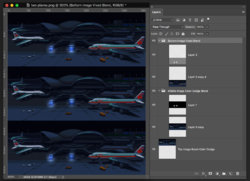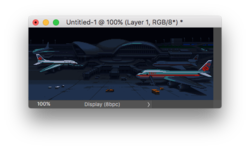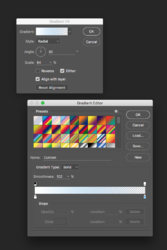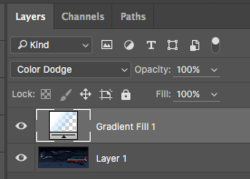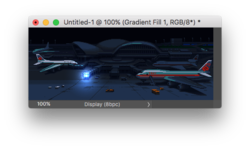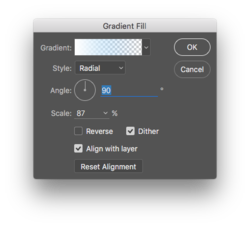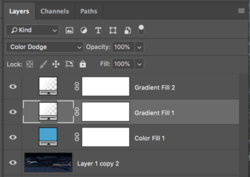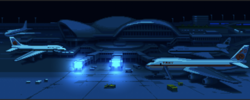Hello all,
I'm wondering if its possible to achieve a blended light effect with the layers separated.
Right now, the only way I see to give lighted effects that awesome blended look is if a brush with color dodge is used on an image and on the layer that the image is on. Using the same brush on a different layer situation on top of the image's layer does not work well at all.
I have attached examples to show what I mean. In case A, the brush is used on two separate layers - the effect is not achieved. In case B, the same brush is used, but on the layer which contains the image. The effect is achieved in this case, but the layers are not separate.
Is it possible to achieve Case B on a separate layer? I'm fine with whatever technique is used, doesn't necessarily have to be a brush. I tried the usual (outer glow, inner glow, blur etc.) but wasn't able to replicate the effect on a separate layer.
Thanks in advance!
Case A
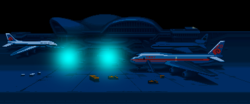
Case B
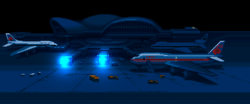
I'm wondering if its possible to achieve a blended light effect with the layers separated.
Right now, the only way I see to give lighted effects that awesome blended look is if a brush with color dodge is used on an image and on the layer that the image is on. Using the same brush on a different layer situation on top of the image's layer does not work well at all.
I have attached examples to show what I mean. In case A, the brush is used on two separate layers - the effect is not achieved. In case B, the same brush is used, but on the layer which contains the image. The effect is achieved in this case, but the layers are not separate.
Is it possible to achieve Case B on a separate layer? I'm fine with whatever technique is used, doesn't necessarily have to be a brush. I tried the usual (outer glow, inner glow, blur etc.) but wasn't able to replicate the effect on a separate layer.
Thanks in advance!
Case A

Case B




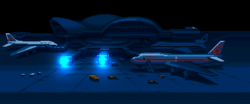
 . Anyway, I'm just wrong and I don't know what the answer is.
. Anyway, I'm just wrong and I don't know what the answer is.